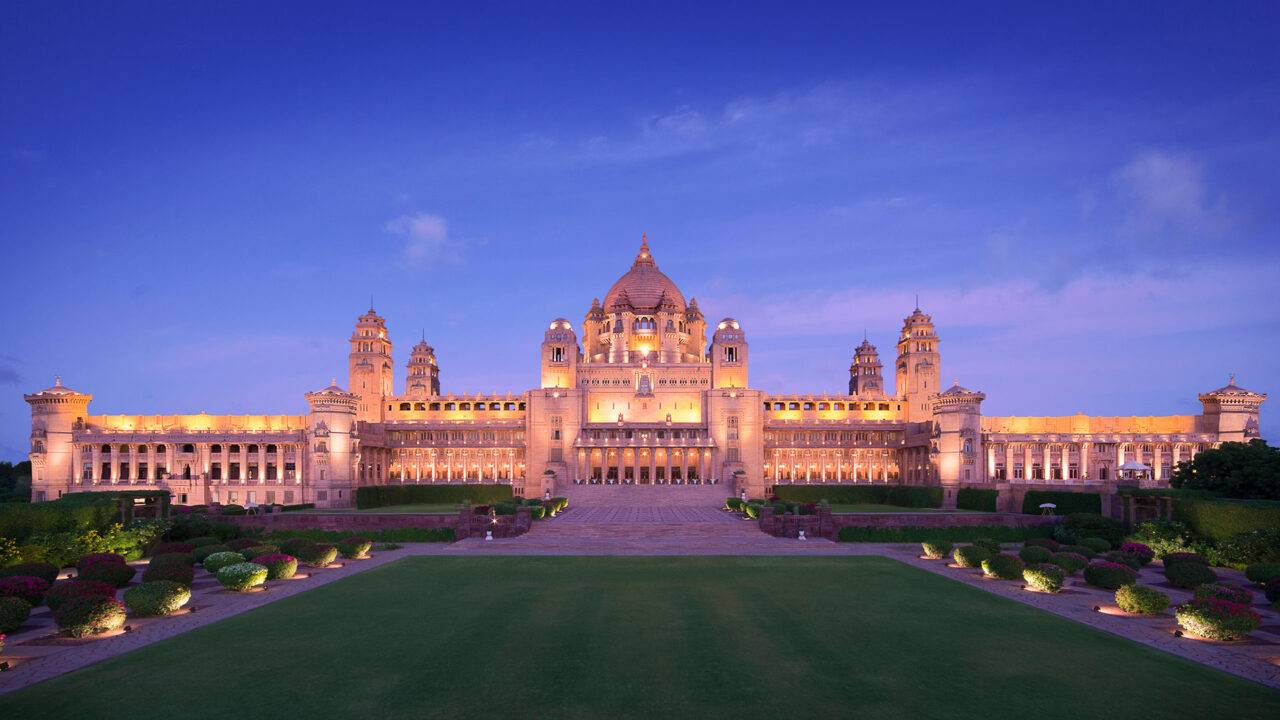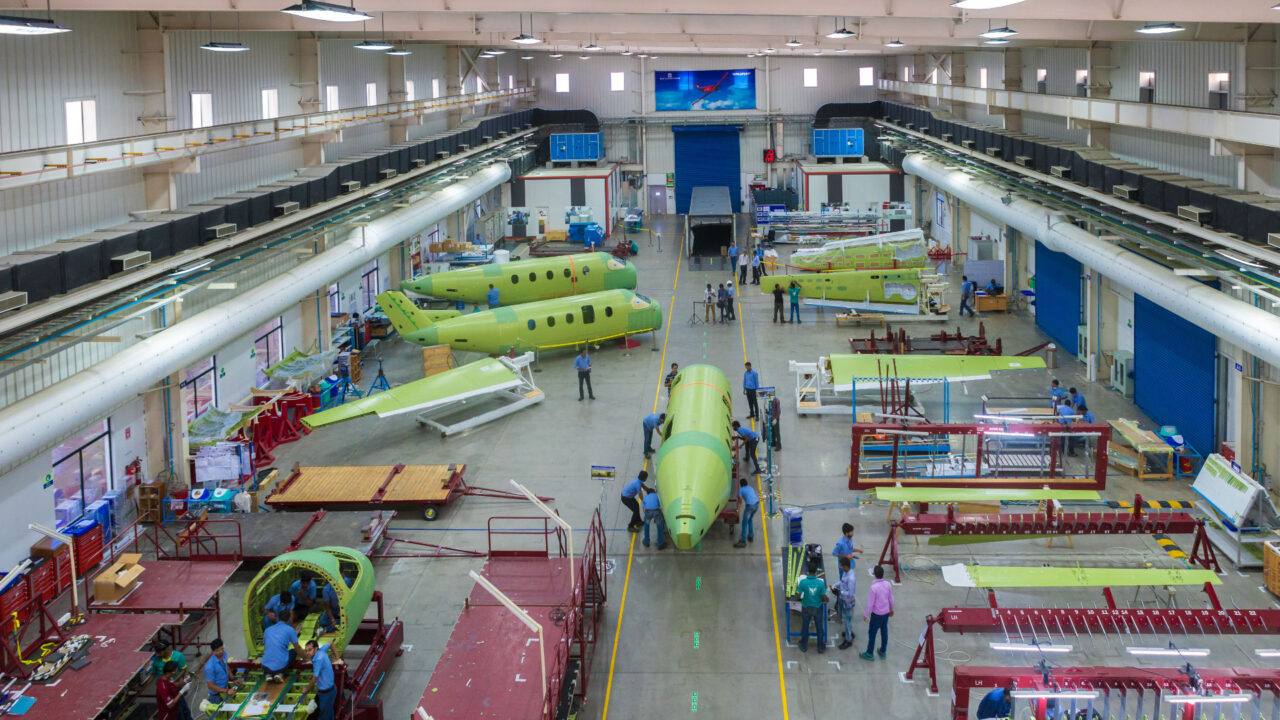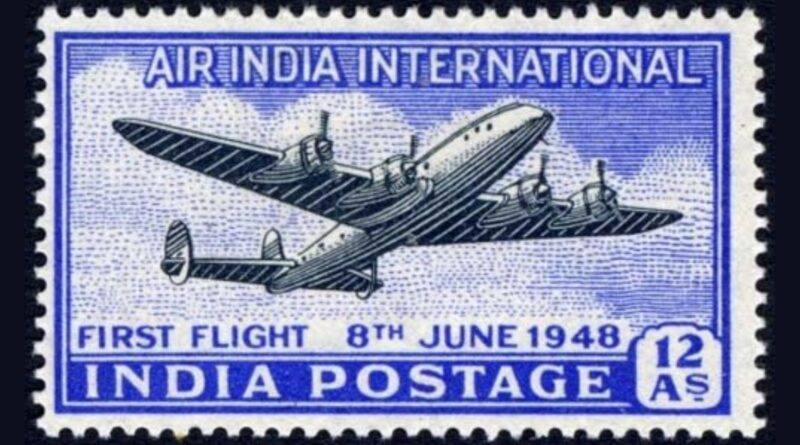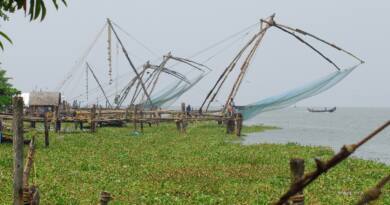Ratan Tata’s Legacy In The Aviation Industry: Perspective Now
The Tata Group today holds a nearly 30% domestic market share and is the second-largest participant in the Indian market thanks to its merged airlines.

Tourism and Travel
The Tata group has been in the travel, hospitality and tourism industry since 1903
Ratan Tata, who was then getting ready to resign as chairman of Tata Sons, voiced his scepticism about the Tata company re-entering the aviation industry in a December 2012 interview, characterising it as a field beset by “destructive competition.” Beneath that annoyance, however, was a nearly two-decade history of unsuccessful attempts to dominate the Indian skies.
Tata and Singapore Airlines planned to establish a joint venture (JV) airline in India in 1994. However, the dream was dashed by strong opposition to the idea of a foreign company owning the majority of an Indian carrier from competing airlines, lawmakers, and bureaucrats. According to reports, the then-Union government scrapped the proposal after Tata modified the contract to allay fears.
When the BJP-led government offered to sell a 40% stake in Air India in 2001, the only bidder was Tata, once more in collaboration with Singapore Airlines. The agreement was blocked by opposition from rival airlines and labour unions.
But his love of flying remained unwavering, as evidenced by his pilot’s licence and his 2007 co-piloting of an F-16 Falcon combat aircraft. The group formed a joint venture with Malaysia’s AirAsia to start a new low-cost airline, AirAsia India, just two months after voicing doubts in 2012. Tata and Singapore Airlines collaborated once more in 2013 to introduce Vistara, a high-end full-service airline. His dreams of becoming a pilot were far from realistic, even after he retired.

In 2022, the Tata group made a complete circle by purchasing Air India, the airline that J R D Tata had established as Tata Airlines in 1932 before the government nationalised it in 1953.
With its combined airlines, the Tata group currently holds a nearly 30% domestic market share, making it the second-largest participant in the Indian market. With the merger of Vistara into Air India and the merger of AirAsia India into Air India Express, Air India is well-positioned to grow into a major aviation player. Ratan Tata had always dreamed of this giant: an airline empire that would rule Indian skies, much like J R D did.
Ratan Tata’s warnings about “destructive competition” have largely subsided. With only four big carriers, the Indian aviation business has consolidated into a more manageable playing field, and airfares have stabilised. Currently, two of them own more than 90% of the market share: IndiGo and the Air India Group.

It’s time to travel more… thanks to Tata!




